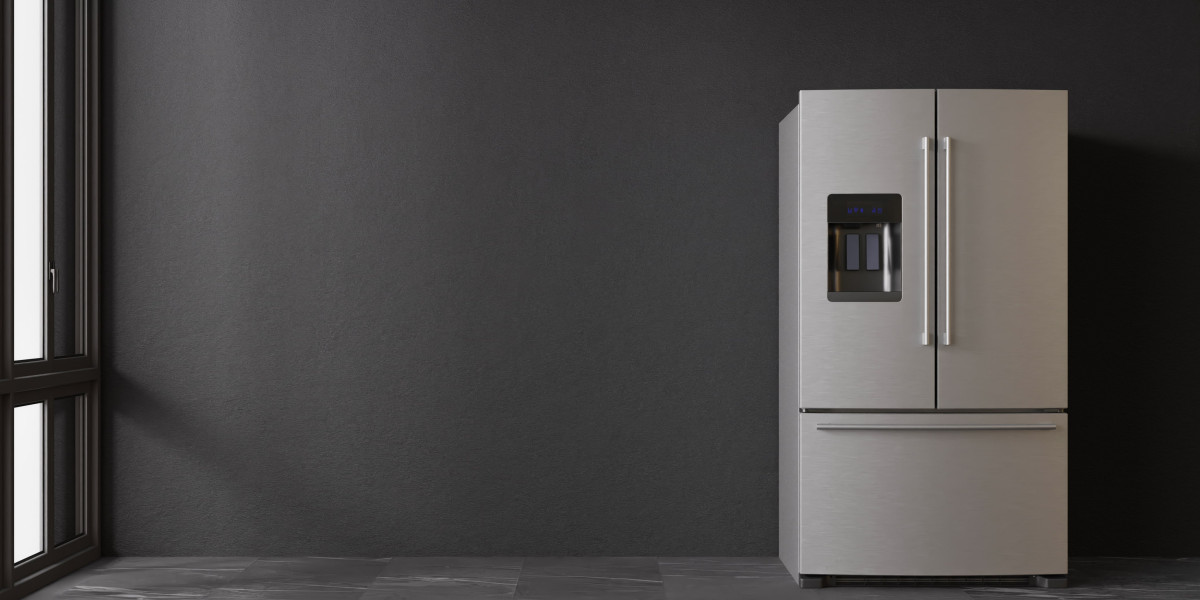The lacrimal system is responsible for producing and draining tears, which are essential for maintaining the health and comfort of the eyes. Tears lubricate the ocular surface, provide nutrients, and wash away irritants and pathogens. When the lacrimal system malfunctions, it can lead to a range of issues, from dry eye disease (insufficient tear production or quality) to excessive tearing (due to blocked drainage). Lacrimal devices are medical instruments designed to address these problems, either by augmenting tear production or by restoring proper tear drainage. Understanding the different types of lacrimal devices and their applications is crucial for appreciating their role in ophthalmology and vision care.
The Delicate Balance of the Lacrimal System
The lacrimal system comprises the lacrimal glands (which produce tears), the canaliculi (small channels that drain tears from the eye surface), the lacrimal sac (a reservoir for tears), and the nasolacrimal duct (which carries tears to the nasal cavity). A disruption at any point in this system can lead to ocular surface disease or epiphora (excessive tearing).
Addressing Insufficient Tear Production: Devices for Dry Eye
Dry eye disease is a common condition characterized by insufficient tear production or poor tear quality, leading to symptoms like dryness, irritation, burning, and blurred vision. Several lacrimal devices are used to manage dry eye:
- Punctal Plugs: These small devices are inserted into the puncta, the tiny openings in the eyelids that drain tears. By blocking or partially obstructing tear drainage, punctal plugs help to keep more tears on the ocular surface, providing lubrication and relief from dry eye symptoms. They can be temporary (collagen plugs that dissolve over time) or semi-permanent (silicone or acrylic plugs).
- Lacrimal Inserts: These are small, drug-eluting devices that are placed in the conjunctival sac (the space between the lower eyelid and the eye). They slowly release lubricating substances, such as hyaluronic acid, onto the ocular surface over an extended period, providing sustained relief from dry eye.
- Scleral Lenses: While primarily used for refractive errors or corneal irregularities, these large contact lenses vault over the cornea and create a fluid-filled reservoir that can bathe the ocular surface, providing significant relief for severe dry eye.
Restoring Proper Tear Drainage: Devices for Excessive Tearing
Excessive tearing (epiphora) can occur when the tear drainage pathways are blocked or narrowed. Lacrimal devices are used to diagnose and treat these obstructions:
- Lacrimal Probes and Dilators: These thin, flexible instruments are used to gently dilate and clear blockages in the canaliculi, lacrimal sac, or nasolacrimal duct. Probing is often performed during an in-office procedure.
- Lacrimal Stents: Small tubes or stents can be temporarily or permanently placed within the tear drainage pathways to keep them open and allow for proper tear flow. They can be made of silicone or other biocompatible materials.
- Balloon Dacryoplasty Catheters: These devices feature a small balloon at the tip that can be inflated within a narrowed or blocked nasolacrimal duct to widen it and restore drainage.
- Lacrimal Irrigation Cannulas: These fine tubes are used to flush saline solution through the tear drainage system to identify and sometimes clear minor blockages.
Materials and Design Considerations for Ocular Comfort and Safety
Lacrimal devices are designed with biocompatibility and patient comfort as top priorities. Common materials include silicone, collagen, acrylics, and various polymers that are well-tolerated by ocular tissues. The size and shape of these devices are carefully engineered to ensure proper placement and minimal irritation to the eye and surrounding structures.
Advancements in Lacrimal Device Technology
The field of lacrimal devices is continually evolving, with ongoing research and development focused on:
- Drug Delivery: Devices that can deliver medications directly to the ocular surface or lacrimal system.
- Biodegradable Materials: Temporary plugs and stents that dissolve naturally, eliminating the need for removal.
- Minimally Invasive Procedures: Development of less invasive techniques for device insertion and removal.
- Smart Devices: Integration of sensors or other technologies for monitoring tear flow or delivering therapy on demand.
Maintaining Ocular Surface Health and Comfort
Lacrimal devices play a crucial role in maintaining the delicate balance of the tear film and ensuring the health and comfort of the eyes. By addressing both insufficient tear production and impaired tear drainage, these devices offer valuable solutions for a wide range of lacrimal system disorders.
A Global Focus on Ocular Surface Disease Management
While the initial keyword focused on a specific market, the management of lacrimal system disorders, including dry eye and excessive tearing, is a global concern in ophthalmology. Lacrimal devices are used by eye care professionals worldwide as part of a comprehensive approach to treating these conditions and improving the vision and quality of life for patients around the globe.
? Stay ahead in the healthcare industry. Browse our latest insights now!
About Market Research Future (MRFR)
Market Research Future (MRFR) is a global market research firm that provides comprehensive insights into market trends, drivers, challenges, and opportunities. We offer a broad range of market intelligence reports and consulting services to help businesses and enterprises in various industries make informed decisions
Media Contact:
Market Research Future (MRFR)
Phone: +1-646-845-9312
Email: contact@marketresearchfuture.com
Website: marketresearchfuture








